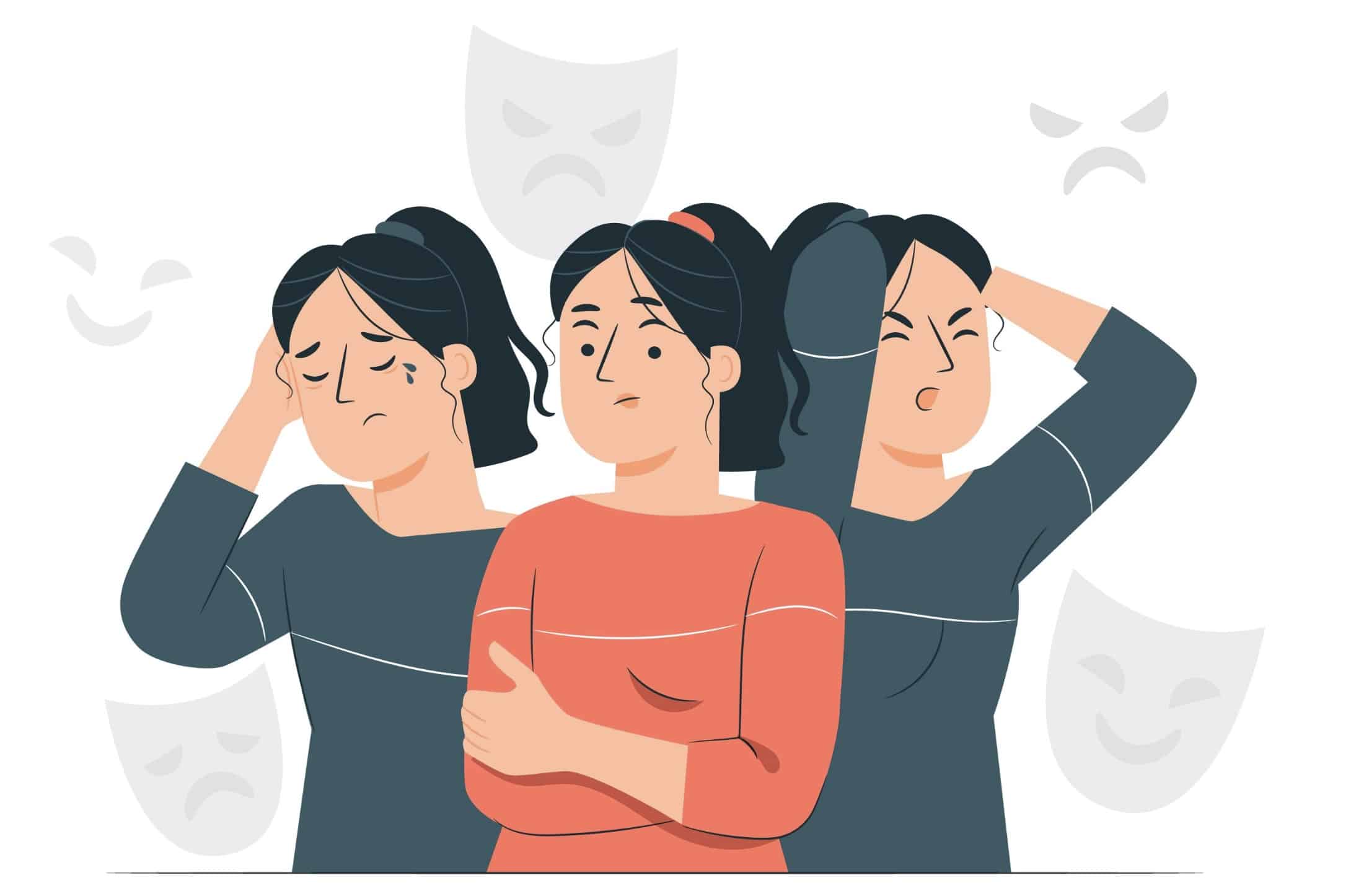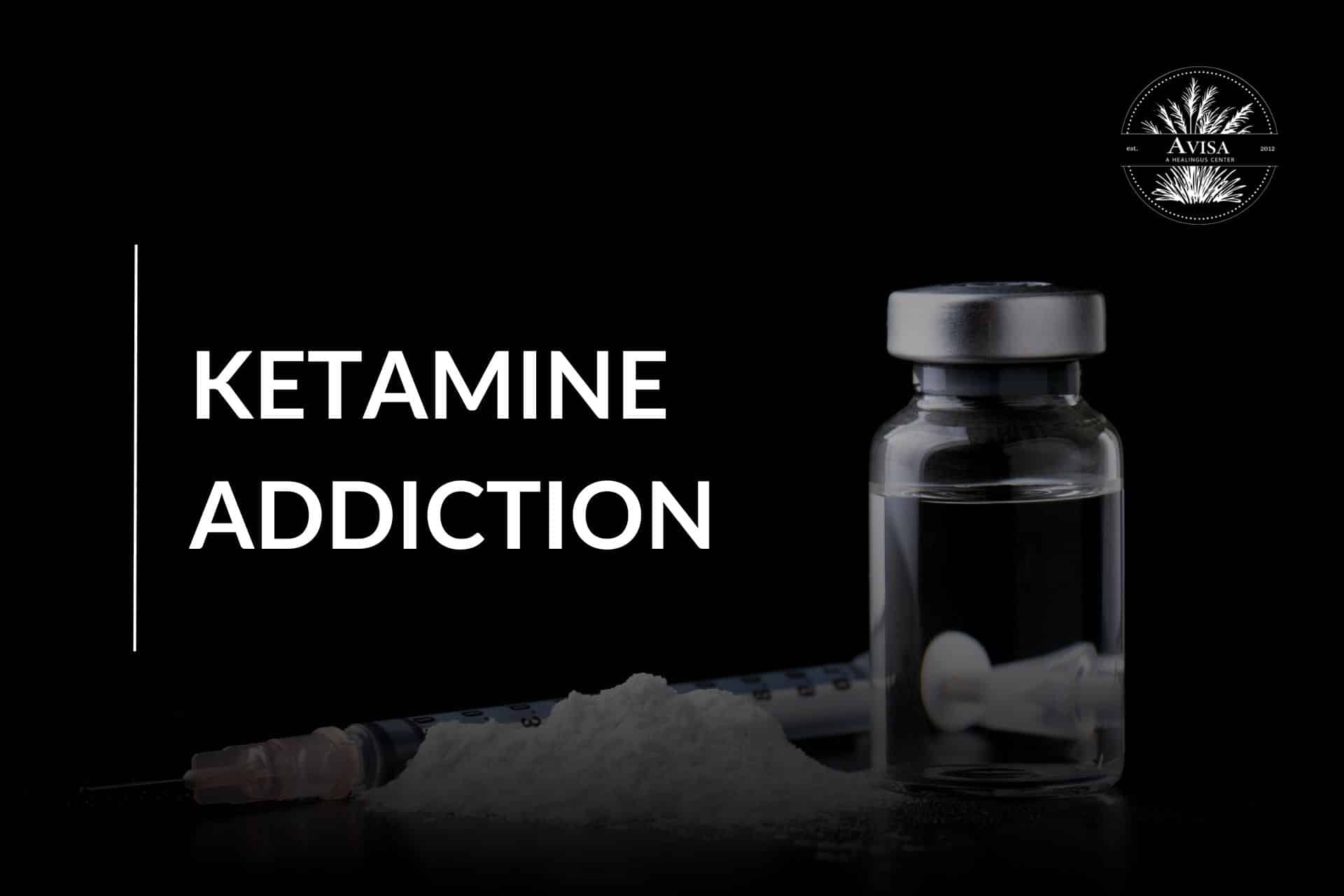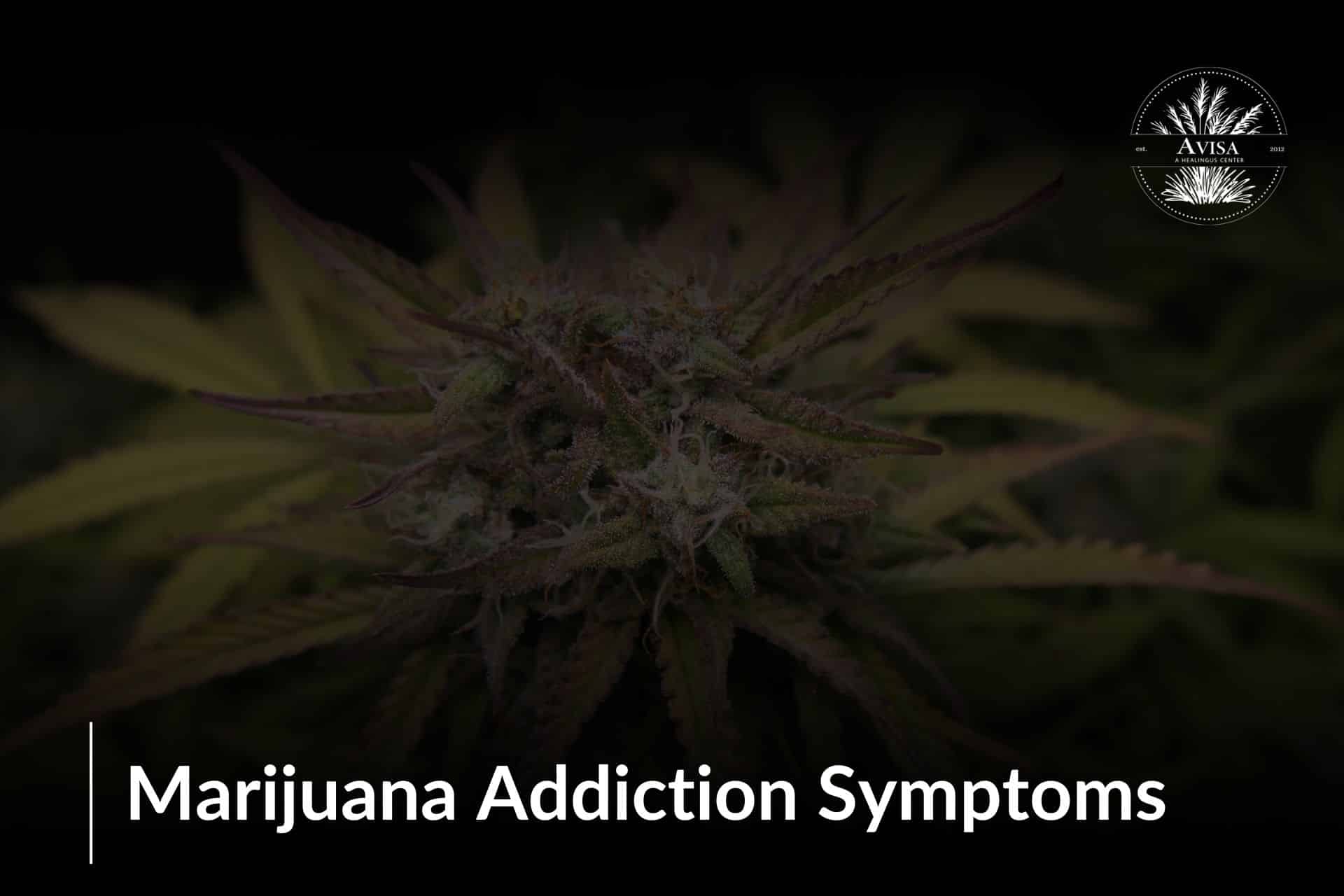As we explore the intricacies of a complex disorder, known as Borderline Personality Disorder, we aim to shed light on the 4 types of borderline personality Disorder.
By unraveling the unique characteristics and traits associated with each subtype, we seek to foster a deeper understanding of BPD, offering support, awareness, and knowledge to those navigating the challenges of this condition. Join us as we embark on a journey to decode the complexities of Borderline Personality Disorder and enhance our comprehension of the diverse ways it can present itself.
What is Personality?
Personality constitutes a multifaceted aspect of human identity, encompassing various traits and behaviors that characterize an individual. It significantly influences one’s perception and engagement with the surrounding environment. Being dynamic, personality can undergo alterations due to life experiences and environmental factors.
However, for certain individuals, their personality may become a source of conflict. This often occurs when mood fluctuations and inexplicable reactions become prominent features of their behavior.

What are Personality Disorders?
Personality Disorders are mental health conditions characterized by deviations from societal norms in thoughts, emotions, and behaviors. Among them, Borderline Personality Disorder (BPD) is particularly impactful on individuals’ daily functioning and relationships, making it a challenging condition to live with.
Approximately 1 out of every 100 individuals worldwide is affected by Borderline Personality Disorder. These behavioral patterns typically manifest and become stable during adolescence, with about 75 percent of mental health issues emerging by age 24.
People diagnosed with BPD often struggle to accurately perceive and engage with situations and others, posing significant hurdles to establishing and sustaining healthy relationships.
4 Types of Borderline Personality Disorders
Theodore Millon, a famous figure in personality theory, identified 4 types of Borderline Personality Disorders. Let’s discuss them below.
Petulant Borderline Personality Disorder
Petulant Borderline is a subtype of Borderline Personality Disorder characterized by traits such as irritability, stubbornness, and sensitivity to perceived slights. Individuals with this type often struggle with managing their emotions, especially when dealing with stress or feelings of rejection from those they are close to. This subtype tends to exhibit a pervasive sense of negativity.
People with petulant BPD exhibit the following traits:
- Irritability and Hostility: A notable feature of this type of BPD is chronic irritability. Besides this, the person also has the habit of responding in a hostile manner. Especially when facing perceived criticism or rejection from someone they know.
- Negative Outlook: People with petulant BPD have a negative outlook on life. They view every situation with pessimism.
- Difficulty in Relationships: Building and maintaining stable relationships is tough for these people. This is because of the emotional turmoil that they go through. Trust issues and a fear of rejection make matters worse.
- Emotional Disturbance: Emotional swings are very intense. These emotional responses more often than not even catch the family off guard. A range of stimulants can trigger these mood swings.
- Impulsive behaviors: This is the emotion that remains common in most types of BPD. Those with this type of BPD exhibit impulsive behavior. This is because they try to cope with overwhelming emotions. This can more often than not result in reckless actions or push them into substance abuse.
Destructive Borderline Personality Disorder
Destructive borderline (BPD) is one of the 4 types of borderline personality Disorders. People with this type of BPD are the most vulnerable. This is because they may engage in self-destructive behaviors and harm their self. These behaviors are a result of the person’s emotional stress. And these actions can come in different forms.
Those with destructive BPD exhibit the following traits:
- Self-Harm Tendencies: This includes people who engage in self-harming behaviors to deal with stress. This may include cutting, burning, slitting, or any other forms of self-inflicted wound.
- Substance abuse: People with this type of BPD indulge in substance abuse. They do this to escape their emotional torment. This makes the challenges associated with this BPD even worse.
- Impulsive Actions: Destructive BPD is related to impulsive and risky actions. This can range from reckless driving to unsafe sexual practice or any other action where one is putting his own life in danger.
- Difficulty Maintaining Stability: For these individuals having and maintaining stable relationships is tough. The only reason for this is their self-destructive ways.
- Intense Emotional Turmoil: Emotional experiences for people suffering from this can be very intense. Most fail to regulate these emotions and that leads to destructive actions.
Discouraged Borderline Personality Disorder
Discouraged borderline is one of the 4 types of borderline personality Disorders. This is one of the types from the range of BPDs.
This type is related to a feeling of emptiness and a sense of hopelessness. Those with this type of BPD keep their emotional struggles to themselves. This makes it even more difficult for others to detect the war they are fighting internally.
People with Discouraged BPD exhibit the following traits:
- Chronic Feelings of Emptiness: A sense of emptiness is a unique feature of discouraged BPD. This feeling stays even if the person attains external achievements in his or her life. Or even if they are in a positive environment.
- Low Self-Esteem: These people find it very difficult to live with such low self-esteem. They feel that they don’t deserve positive experiences at all. This pushes them into the rut even more and makes the situation even worse.
- Avoidance of Conflict: People who deal with this have a “quiet” nature. They do all that they can to avoid conflicts at all costs. Rather they choose to fight their struggles internally.
- Fear of Abandonment: This is another trait that is common to most types of BPD. Those with discouraged BPD are always in fear that they will be abandoned. This leads to difficulties in forming and maintaining relationships.
- Self-Harm Tendencies: This is a very serious trait of people with discouraged BPD. They may engage in self-harming behaviors like cutting or slitting their hands or any other way that would put their life in danger. For them, this is a way to cope with emotional pain.
Impulsive borderline Personality Disorder
Impulsive borderline is one of the 4 types of borderline personality Disorders. People with this type of BPD exhibit common impulsive behaviors, like dangerous driving. They also exhibit actions like substance abuse, binge eating, and self-harm. Indeed impulsivity is also a core feature of all 4 types of Borderline Personality Disorders. This impulsivity is driven by a range of factors and quite a few times it is unexplained too.
People with Impulsive Personality Disorder exhibit the following traits:
- Reckless Behaviors: Impulsive actions, like driving dangerously are common among these people. They also indulge in substance abuse or unsafe sexual practices.
- Self-Harm Tendencies: People with this type of BPD engage in self-harming actions like cutting or slitting their hands or any other body part. Through this, they impulsively deal with emotions.
- Difficulty in Relationships: Impulsive actions negatively impact relationships. This leads to hurdles in making and maintaining stable connections.
- Mood swings: Acute and sudden mood swings are impulsive actions. They exhibit this as they try to manage shifting emotional states. The mood swings and back to normal state happens in a very quick time.
Causes of all 4 types of Borderline Personality Disorder

The exact causes of all 4 types of borderline personality Disorders (BPDs) are not yet fully understood. According to experts, a combination of factors is likely to be involved here. Some of these factors include:
- Genetics: Multiple studies suggest that there is 50% heritability in BPD patients. This means if one’s family has a history of BPD then they are at an increased risk. This brings us to the suspected role of genetics. But there is no fool-proof evidence to prove this yet.
- Brain chemistry: Imbalances in serotonin and dopamine, which are brain chemicals is suspected. They especially play an important role in regulating emotions and impulsivity. This is the reason they have been at the center of many research works. But none of the works have yielded any concrete proof.
- Childhood trauma: Some children go through physical, emotional, or sexual abuse in childhood. They are at an increased risk. These experiences disturb healthy brain development.
- Environmental factors: If someone has experienced chronic stress or instability, then they are also at an increased risk of BPD. These things make the existing issues even harder to deal with.
- Social and cultural factors: Apart from all these factors there are other uncommon factors too. Like, gender, socioeconomic status, or cultural expectations.
There is a significant point to note for all those who want to conclude these factors. BPD is not caused by a mere single factor. There is a likelihood of more than one factor being at play.
Treatment for all 4 types of Borderline Personality Disorders
Amongst the inpatient psychiatric population, 20% of them suffer from Borderline Personality Disorders. This is after combining all 4 types of Borderline Personality Disorders.
Another persisting issue is that almost 30% of personality disorders cannot be included in specified categories. This is mainly due to the subjective nature of the symptoms and its doctoral analysis.
Psychotherapy
- Dialectical Behavior Therapy (DBT): This is regarded as the gold standard for treating all 4 types of Borderline Personality Disorders worldwide. DBT teaches individuals how to regulate emotions and tolerate stress.
- Schema-focused therapy: This is another very effective way to treat personality disorders. It tries to identify negative thoughts that contribute to BPD symptoms. Then it modifies these patterns to avoid the occurrence of symptoms.
- Mentalization-based therapy (MBT): MB therapy focuses on improving the ability of the person to understand their and others’ emotions. Then it also helps to interpret one’s mental state.
- Transference-focused psychotherapy (TFP): TFP dives into the equation of past relationships of the person. And then it tries to understand their impact on current relationships and actions.
- Cognitive-behavioral therapy (CBT): CBT helps to identify negative thought patterns. And then it helps to manage and challenge anxiety and depression.
Medication
- Mood stabilizers: These help to regulate extreme mood swings and impulsive actions.
- Antidepressants: These help in managing and challenging extreme stress.
- Antipsychotics: In rare cases, these are used in response to BPD symptoms.
Lifestyle Changes
These lifestyle changes have a significantly positive effect on all 4 types of Borderline Personality Disorders.
- Regular exercise: Exercising daily helps to maintain physical well-being. And to a certain extent, it also has a role in regulating mental well-being.
- Healthy sleep habits: Getting enough sleep is one of the key ways to avoid worsening the symptoms of BPD. So, getting at least 8 hours of sleep is important. Deep sleep is also included at this time.
- Nutritious diet: This is one of the most cliche suggestions out there but it still holds. So, eating a balanced diet and avoiding junk or fast food would improve overall health.
- Stress management: Practices like yoga and meditation have been proven to help in managing stress. Doing this daily acts as a detox for the body and mind.
- Support groups: Connecting with people who previously defeated BPDs can help a lot. This is because they know what it feels like living with BPD. Thus, nobody would be able to help better than them.
Frequently Asked Questions (FAQs)
1. How is Borderline Personality Disorder diagnosed particularly for those who are at risk?
There is no single test for BPD. Here, diagnosis means that a mental health professional will evaluate your symptoms, and personal history and rule out any other possible diagnosis. Moreover, it involves psychological interviews and questionnaires.
2. How can I help someone with BPD?
Individuals diagnosed with Borderline Personality Disorder (BPD) benefit greatly from patience, understanding, and open communication. To effectively support someone with BPD, it’s essential to educate oneself about the disorder, gaining a deeper understanding of its manifestations and challenges. Additionally, listening without judgment is paramount, offering a safe environment where individuals can express their emotions openly without fear of criticism. Validating their feelings is equally important, reassuring them that their experiences are acknowledged and respected. By practicing these principles of empathy and acceptance, caregivers and loved ones can provide invaluable support to those navigating the complexities of BPD.
3. Is Borderline Personality Disorder curable?
Although BPD symptoms can improve very substantially if the patient is in the right hands, it’s not something that would be considered a “cure” as such. The focus of psychologists is merely on controlling the symptoms and learning ways to fight back to allow the concerned individuals to have a happy life.
4. What are the long-term consequences of Borderline Personality Disorder?
Borderline Personality Disorder patients with effective treatment and ongoing support can enjoy their life without the symptoms of their disorder recurring. On the contrary, choosing not to seek treatment can wreak havoc with problems in both work and relationships and most importantly it can lead to a major life crisis. BPD can also be life-threatening for people who suffer from self-harm tendencies or have an extremely impulsive nature.
Conclusion
In general terms, BPD is a struggle with one’s own emotions. All 4 types of Borderline Personality Disorders include emotional and mental turmoil in the patient. So we should offer our help, and support to people going through this. Most people out there believe BPD is not a fixed identity. It is not. It’s possible to swim through this storm to a much better life. All one needs is the right help from his or her friends and family. Others can also help by standing against the taboo of mental disorders. So let’s create a space of powerful support systems to help patients beat all 4 Types of Borderline Personality Disorders.
Our mission at Avisa is to treat mental health and substance use disorders with utmost care and efficacy, taking into account their delicate and complex nature. Our goal is to support people in achieving a long-term recovery and better quality of life. Our program is an evolving, linked community of clinical and medical experts that incorporates the most recent findings and evidence-based practices. Participants in our program are given individualized treatment plans that incorporate various therapeutic modalities.











